Presses
Two New Books From Chin Music Press
Since I first discovered Chin Music Press, and their philosophical and elegant title Oh, I’ve been interested in the books they publish because each title is produced not only as a book but as a well-designed art object. Their books use high quality papers, sharp page design, and full color printing for images. This attention to detail makes reading their titles a truly sensual experience.
Broken Levee Books, a Chin Music imprint, has in recent months released two compelling books about New Orleans post-Katrina–Hurricane Story by Jennifer Shaw and Where We Know New Orleans as Home edited by David Rutledge.
Shaw’s Hurricane Story details, in both words and images, how she and her husband evacuated New Orleans when Katrina hit. She was one week away from giving birth to her first son. Each of the forty-six images are accompanied by a single sentence. In fact, the introduction, by Rob Walker, has more words than the book itself. In the years since Katrina, there have been countless stories told about the people who lived in that city and how they endured the disaster. Shaw’s take is unique both in the spareness she uses to write of her family’s ordeal and because of her stunning photography of children’s toys to depict that experience–blurry, almost surreal, full color images stretching off every page—an interesting contrast to so many of the post-Katrina images to which we have become accustomed.
Design and production factor heavily into the exceptional quality of this book—a square, cloth bound hardcover. On one page there is a colorful map of the route Shaw’s family took during their evacuation. Each prose page accompanying the images leaves ample room for white space. The typography choices work well. As with every Chin Music title I’ve read so far, the entire reading experience has been accounted for in the production of this book.
We left in the dark of night.
My water broke at one-thirty that morning.
It was impossible not to watch.
The chaos was hard to fathom.
Where We Know New Orleans as Home, edited by David Rutledge and designed by Josh Powell, is an anthology about the city and its people in the after–those who stayed after Katrina, those who left, the significance of the city’s history and culture and much more. Again, there are unique touches that really enhance the reading experience and make the book an art object. Quotations and excerpts from historical texts about the city are interspersed with the stories and essays to provide additional context. There’s a timeline referencing all the quotations featured in the book as well as an annotated map locating the essays and stories throughout the city (below). At the beginning of the volume you will find a selection of full color maps of New Orleans. These details add a useful dimension because so much of what this book reveals is that New Orleans is more than just a city or a place.
The anthology is divided into four sections–Home, Culture & History, Loss, and Home II–and includes writing from Ray Shea, Rebecca Freeland-Hebert, Sarah Inman, Anne Gisleson, Sandra Bushness, Sam Jasper, Eva Troeh, Reggie Poché, and others. While at times the quality of the writing is uneven, what remains consistent in every piece in this collection is sincerity. In a collection like Where We Know New Orleans as Home, I can find little fault in that. There were, also, several highlights in this very solid, moving and at times emotionally raw collection.
Ray Shea’s short story, “Gather the Fragments That Remain,” is a real standout and I admired how it reveals what it is like for the story’s protagonist to live in a city of remains, in what remains of her home, without surrendering to melodrama. “In any other gutted house–and she had gutted her share–she would have just stepped between the posts to go from room to room, but muscle memory took her down familiar paths, obeying the architecture as if the walls were more than suggestions, down the hall, to her old bedroom.”
As a fan of tattooing, I really enjoyed Rebecca Freeland-Hebert’s essay, “Tattooing Katrina,” which also included color photography of Katrina-tattoos Freeland-Hebert discovered when she took on the project of documenting Katrina-related tattoos. She writes of returning to New Orleans two years after the hurricane and really noticing the newly inked bodies of the city’s residents. She quickly realized she didn’t see as much Christian symbolism as she expected in the tattoos, which surprised her given how so much of that symbolism is embedded in the culture of the city. “Perhaps this is why people chose different and new symbols to express themselves. Maybe the wearers of these tattoos find the traditional motifs monotonous and want a new expression to represent a new city, a city of rebirth.” Although the essay is, on the surface about tattoos and how people have marked their bodies with remembrances of Katrina, it also became something more for the author. She observes that the journey of meeting people with Katrina tattoos and writing the essay showed her the experience of Grace.
In “Dear New Orleans: I’m Leaving You,” journalist Eve Troeh writes about moving to Los Angeles after she was attacked in New Orleans and how she doesn’t want that violence to define her or what she has to say about the city because that was not always her experience of the city. The tension between what she experienced and how she feels about the city is apparent throughout the essay which does a good job of articulating the challenge of needing to leave a city you love.
One thing I know about New Orleans is that it is a city with which its residents often identify deeply, emotionally, and unabashedly. That commitment to the city and its past, present and future, is well documented in a collection well worth reading if you want a sense of life in New Orleans after Katrina now that CNNs cameras are long gone.
Tags: Chin Music Press, Jennifer Shaw, New Orleans

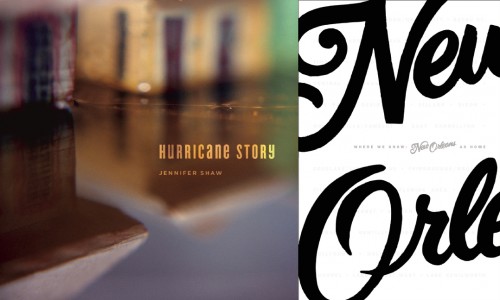
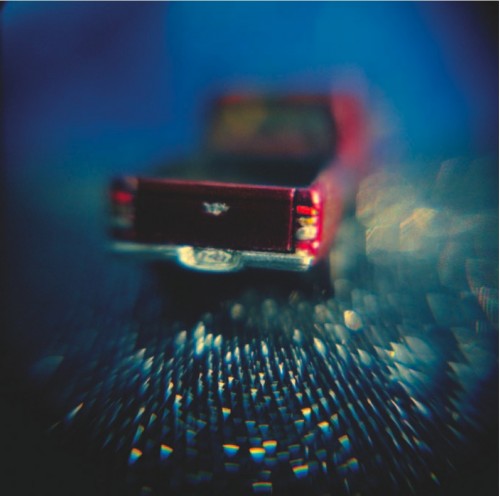
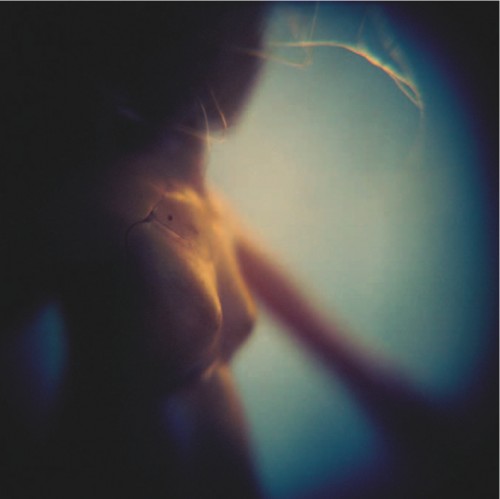
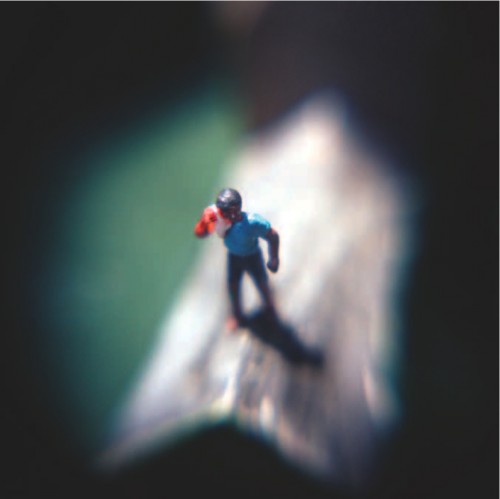

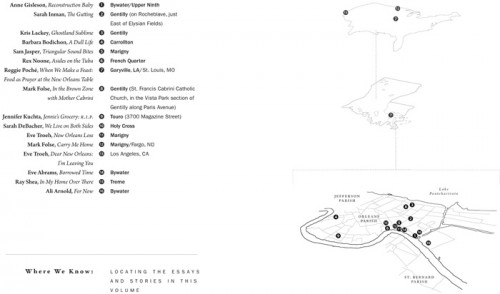
[…] HTMLGIANT contributor Roxane Gay posted a wonderful piece featuring Hurricane Story today, showcasing several photographs from the book: “Shaw’s take is unique both in the spareness she uses to write of her family’s ordeal and because of her stunning photography of children’s toys to depict that experience–blurry, almost surreal, full color images stretching off every page—an interesting contrast to so many of the post-Katrina images to which we have become accustomed.” […]
http://www.lovetoshopping.org
http://www.jerseymall.org ( copy or click link your web there )
NFL JERSEY 21USD,MLB 22USD,NHL 38USD,CAPS 12USD!
[…] unique ways of exposing readers to new books. Chin Music Press (which I’ve discussed before here and here), has a pretty cool new program, BooksRx, where each quarter, a writer or artist curates a […]